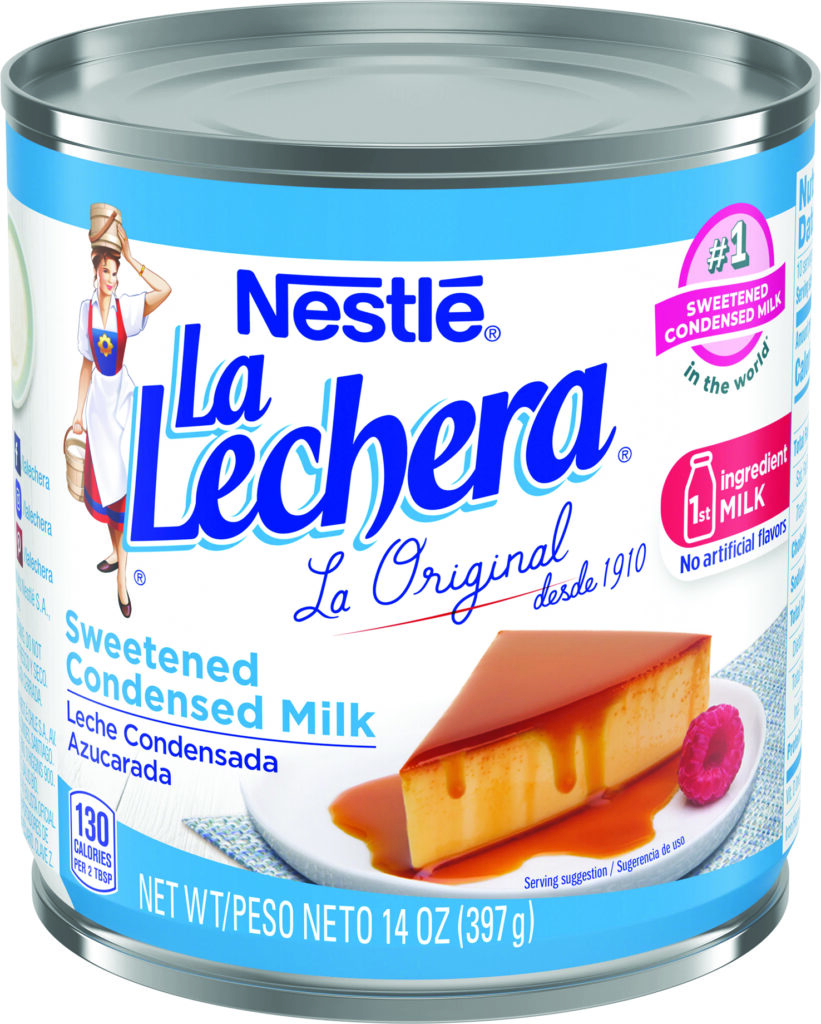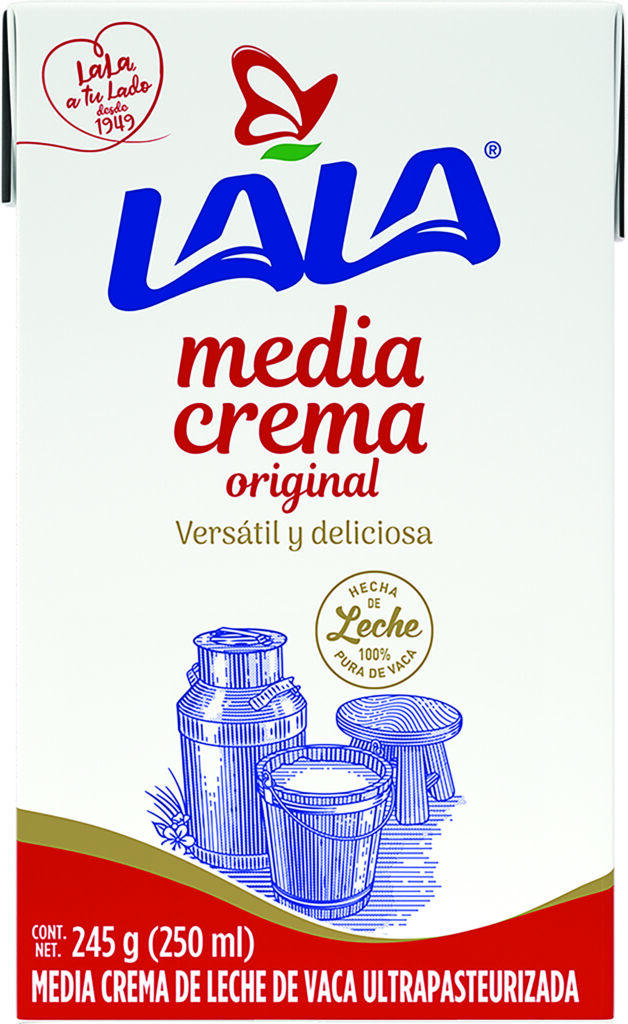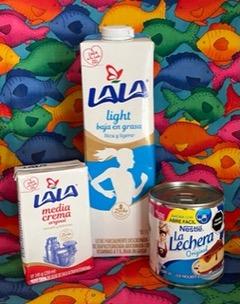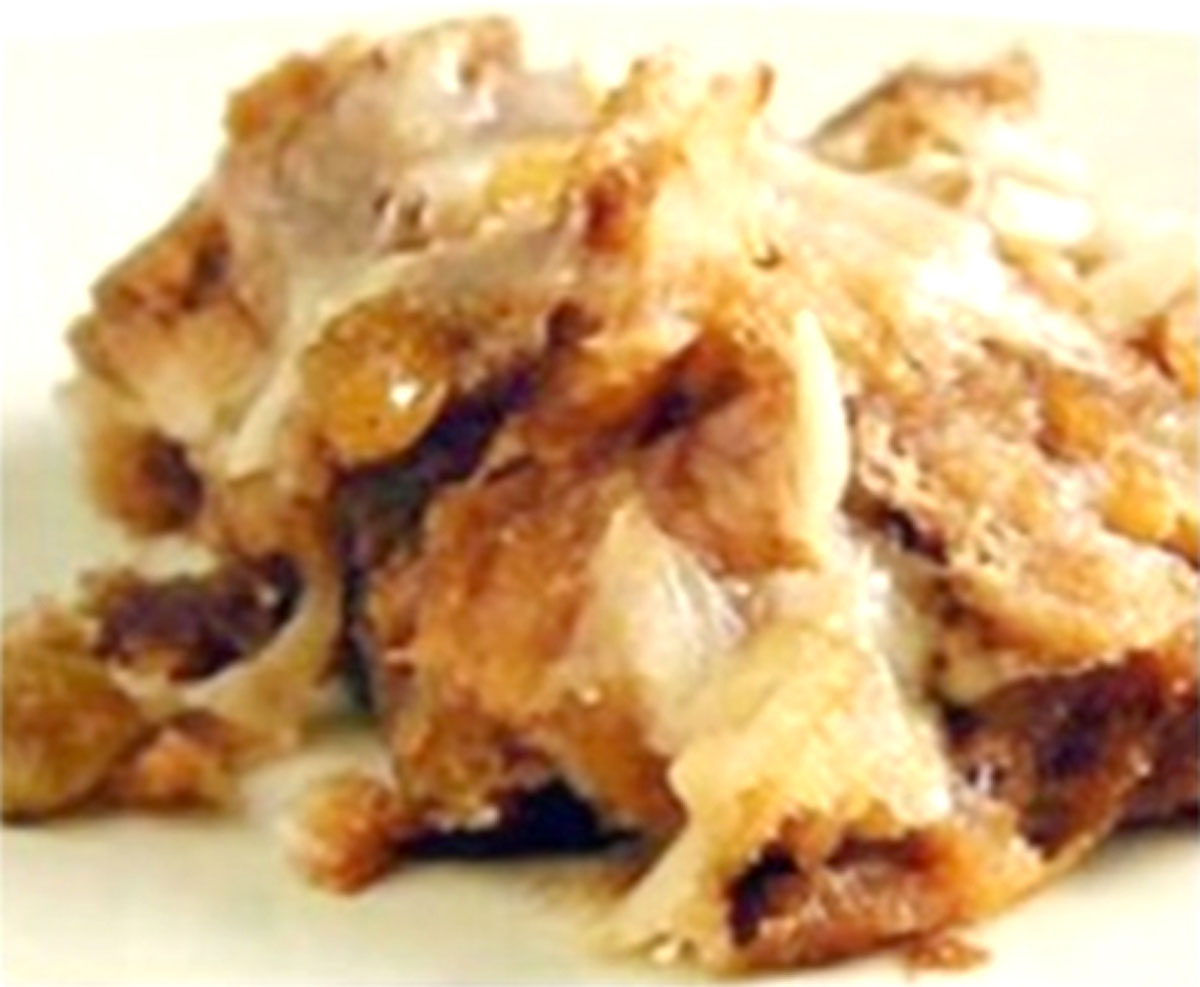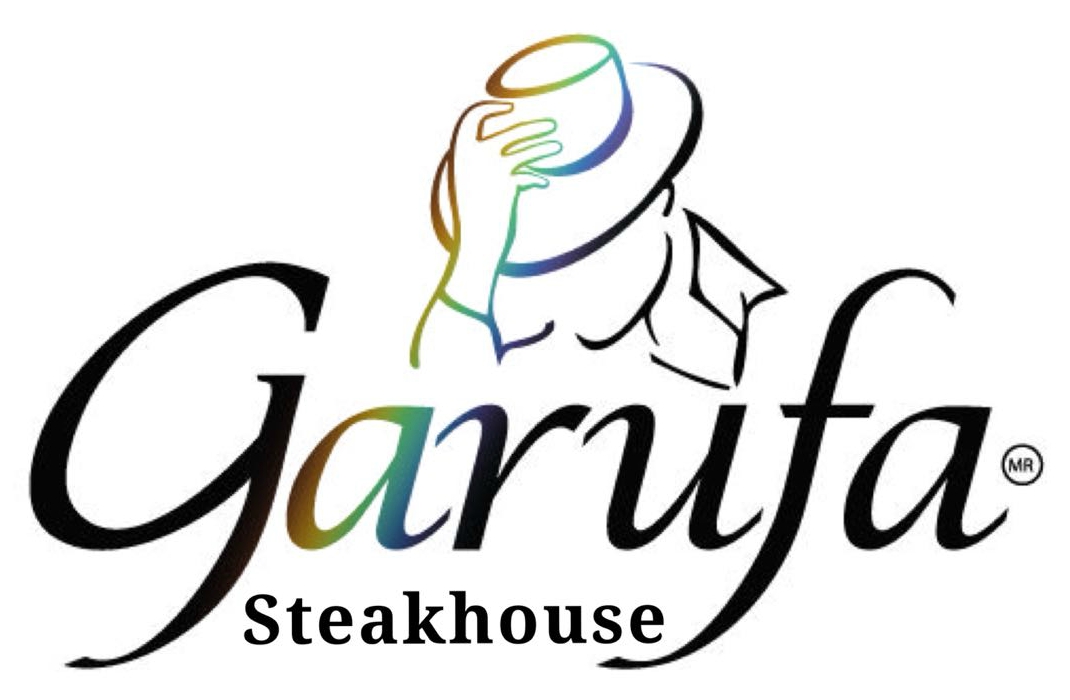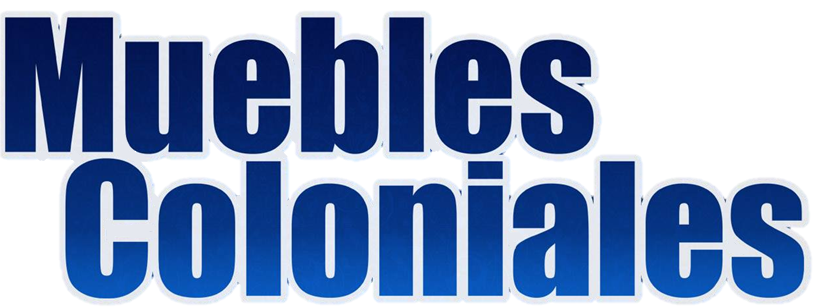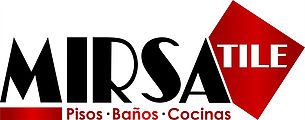While there are cultural differences between Mexicans and Americans and the things they like, who knew that milk products could be so different from country to country? It took me a number of errors, as well as some adjusting my expectations, before I was able to sort out what is customary and available here in Paradise for my intended uses.
Cold milk comes in either liter (nearly a quart) or ½ liter plastic jugs of whole milk (leche entero) or leche semi-descremada (low-fat, presumably 2% milk) from the grocery store cooler. While convenient, the milk seems to always sour prior to its expiration date, even though I checked those dates carefully, put milk into my grocery cart very last before racing to check out & put the milk into a cooler on ice for the ride home. I NEVER finished the milk before it soured and was forced to make pancakes with the sour milk rather than throw it out. I learned to never buy more than a quart at a time unless I was expecting guests with children.
After hearing my complaints about milk in plastic jugs, my Mexican friend introduced me to boxed milk. I did not like the idea of buying milk that comes in a quart-size box found on the grocery shelf rather in the cooler, but when in Mexico… It turns out to be the perfect solution – good flavor – tastes just like milk – is easy to store, less expensive than cold milk, the cartons can be flattened and occupy much less space in the garbage, and no plastic pollution unless you buy the brand with the little plastic screw-off lid. Boxed milk can be found whole, low-fat, fat-free, even lactose-free in several brands. I buy LaLa Light in cases of 6-liter boxes, and always have 2 boxes in the ‘fridge. Well chilled before drinking, it is delicious. Or warm it and put in your coffee – delicious!
Speaking of coffee, ask in the grocery store for cream for coffee, and you will be directed to the Coffee Mate. No! Please give me a milk product! After much trial and error, I learned that the “usual” coffee creamer for those of us who do not want powdered stuff and who do want something richer than milk will usually get condensed milk – what the Mexicans call “Carnation,” regardless of the brand. Carnation, even if a different brand, is whole milk that has been evaporated; the water content is reduced by roughly half, so it is thicker and richer in flavor than whole milk. Americans often call this “canned” milk. If well-chilled it can be whipped and used in recipes calling for whipped cream, but the whip will liquify and flatten fairly rapidly, so it works great in things such as fruit salad, not so great as cake frosting unless refrigerated until serving. Leftovers, either salad or cake, do not store so well. It has a rich flavor that compliments coffee and can be substituted in many recipes that call for cream. Evaporated milk is often available as “light” with fewer calories and less fat than the original.
Sweetened condensed milk, what is often called “Eagle brand” milk, is known as Lechera in Mexico. Lechera has about ½ the water removed from the whole milk, then lots of sugar added, is heated to dissolve the sugar and create a suspension in which the sugar is evenly mixed into the milk; it is very thick. Lechera can be served right from the can over ice cream, cake, or fruit, or is sometimes cooked & stirred over low heat until it darkens to a rich amber color, then served over ice cream, cake or fruit – tastes just like caramel – and is also used as an ingredient in a number of desserts. If you like your coffee light and sweet, you might want to give Lechera a try – it is my sister’s favorite.
Media crema is very thick cream and is used as a condiment with savory dishes such as enchiladas and lots of other things that typically contain chili with flavors that range from enojado (spicy hot) to no muy enchiloso (not too spicy); the media crema cuts the heat without dulling the flavor of the food. You will nearly always see media crema on the table in a restaurant if Mexican food is being served, but it is up to the diner to taste the food, then decide how much media crema s/he wants, if any. Chilled media crema with a bit of sugar added can easily be whipped to use with salads or desserts and stands up better and for a longer time than does whipped condensed milk. It is also used in many recipes, both sweet and savory – I find that media crema makes delicious homemade ice cream. But it does not work for your morning coffee – media crema curdles the minute it hits your hot coffee – looks disgusting and adds no flavor.
Butter is a challenge. The label on the “Gloria” brand, which is the only butter I can find here in Paradise, says “Pura leche de vaca” (pure cow milk). But read the fine, really fine, print, and learn that it contains more than cow milk, including a soy product I am told is used as an emulsifier. While I am not opposed to soy, it does change the flavor of the butter, and I don’t care for it. I cannot find “pure” cow milk butter in Puerto Peñasco stores, so I purchase my butter in Mexicali, or ask a friend to bring from USA. (Editor’s Note: Top Meat carries real butter from the states.)
Regardless of the brand, I always check the label for ingredients if I am considering the purchase of a new (to me) dairy product, because as with butter, many milk products, especially cremas, sold in Mexico, contain additional ingredients, such as vegetable oils, and some “cream” products are pure imitation cream! That is fine, if that is what you want, but if I am buying dairy products, I want “pura leche de vaca” unless it is cheese.
